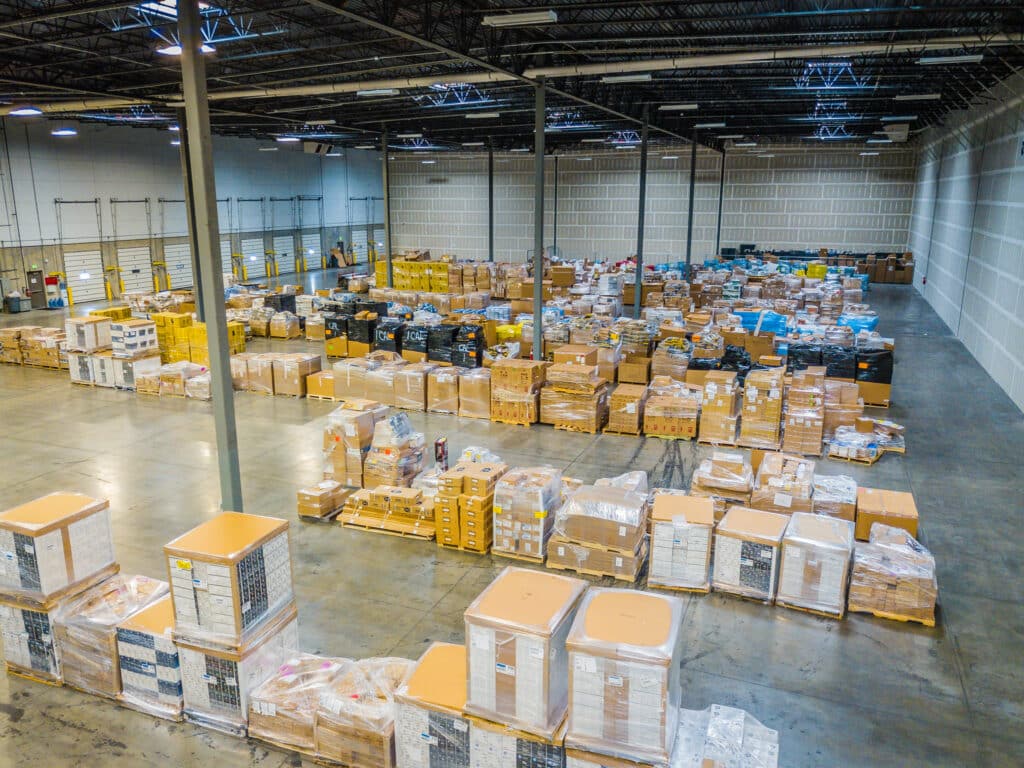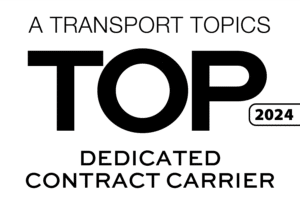
Imagine a world where your packages get delivered straight to your doorsteps with the use of a drone – defying the challenges of traffic, road conditions, auto accidents, and such.
Believe it or not, that world is not too far from reality. Small package delivery done by drones is already in the works and it is looking promising, of course, with its own challenges.
Drones have become incredibly popular and their demand is not slowing down, in fact, it has been rapidly on the rise by being used not only in military operations, but now in operations directly involved with consumers and businesses. With the rise of e-commerce, online shopping, and the demand for faster and more efficient package deliveries, drones become an eminent solution to increase customer satisfaction offering safe and timely deliveries.
There are various reasons why small package delivery with drones is a promising strategy. Advances in technology have made drones reliable and efficient, making them able to travel long distances and navigate complex environments carrying heavy loads. Artificial intelligence has also had an incredible impact on the development of drone technology making it safe and reliable. One clear example of this is the ability of drones to navigate and avoid obstacles overcoming challenges along their journey and performing a safe and successful delivery.
Aside from being able to navigate routes better than a vehicle, in other cases, drones are the only way to reach a location where isolation makes it impossible for conventional means to work. For disaster relief efforts, the speed and accessibility offered by drones become extremely helpful.
Small package delivery by drones has already been tested by companies such as UPS, Google and Amazon. UPS is testing the technology for Flight Forward, Google is working on Project Wing and Amazon has made it known that they plan to launch Prime Air – where packages under 5 pounds would be delivered in less than 30 minutes. They all have been able to complete test flights with great success.
Companies such as Zipline are already putting drone small package delivery into practice. Recently, by early 2023, the company had already hit 500 thousand drone delivery packages. Zipline’s strategy is to have the drones be launched from delivery locations and travel within a range of 50 miles, flying like small planes and releasing the package through a small parachute at the location. Initially, the company started out by delivering emergency items.
The adaptation of drones for small package delivery is not too far from being a reality for everyday consumers. In fact, experts project that 2023 is the year drone delivery will increase, altering the way goods and services are delivered across a variety of industries. From 35 thousand retail drones used in 2022, the projected number for 2024 is expected to go above 110,000.
However, this has not been the same experience for every company. Others have faced several challenges along the way while attempting to “take off” – literally. For nearly a decade, Amazon has continued to promise drone small package delivery, but it has faced challenges that had taken the company to stop and even lay off staff. In early 2023, Amazon admitted to having only successfully made less than 10 drone deliveries in their first month, and they continue to navigate the technology and FAA regulations around it.
One of the challenges of drone technology for small package delivery has been regulations. The Federal Aviation Administration (FAA) in the United States has established regulations governing the use of drones, including small package deliveries. There is still work in progress with other specifics addressing concerns around privacy, security, and even noise pollution. Companies have argued that the process of approvals by the FAA has taken too long, which has led to a slowdown in the development of drone package delivery technology.
Safety is one of the main concerns when it comes to drone package delivery. The technology has to be built in such a way that protects people, property and the environment. Regulations, testing and safety procedures are imperative to ensuring the safety of all. As regulations are built, and companies test out the technology, challenges have arisen.
At some point, the FAA had requested that drones have a human pilot stay within that person’s line of sight at all times. Obviously, that becomes a tremendous challenge for the agencies looking to use the technology, and it has led to lengthy conversations between the FAA and the agencies interested in using the technology.
According to drone company Xdynamics, the projected direct operating cost of a drone that delivers a single delivery is $13.50. A report by McKinsey & Company shows that the cost is not comparable with electric vehicles making a single delivery or vans doing numerous deliveries. Drones are becoming cost competitive with other package delivery modes.
E-commerce will continue to grow and automated deliveries begin to gain traction. Drones are expected to disrupt last-mile delivery as technology improves, regulations are set in place, and business models are built. However, the time is not here yet. There are still challenges to overcome with the development of the infrastructure, technology and strategy. According to experts, it will take some time before drone delivery services are a regular component of retailers’ last-mile capabilities.

